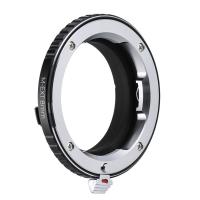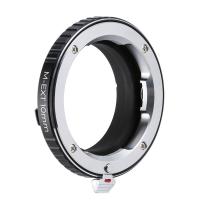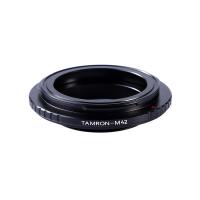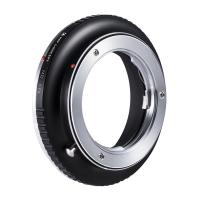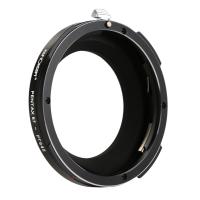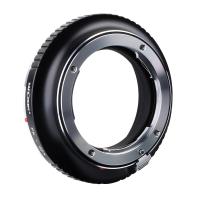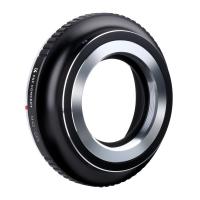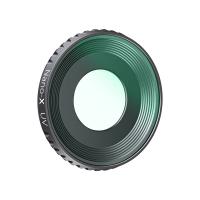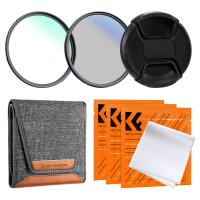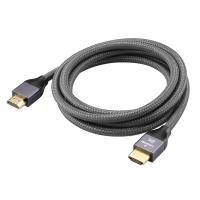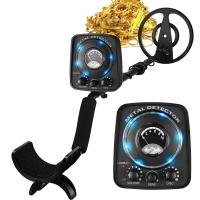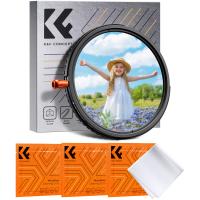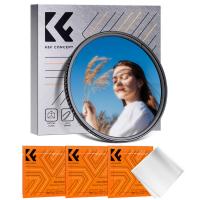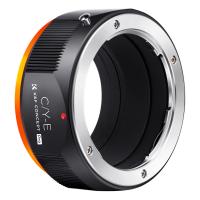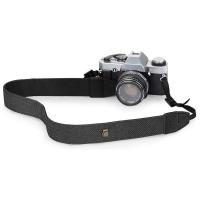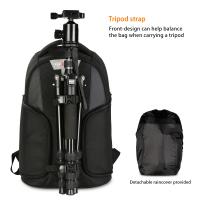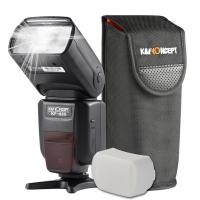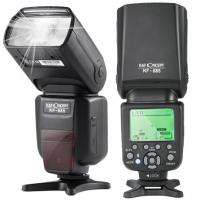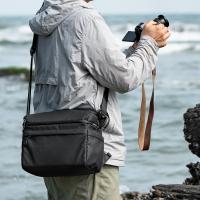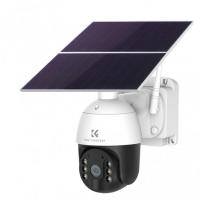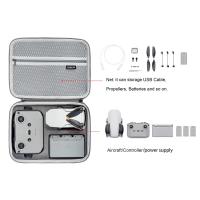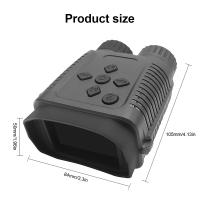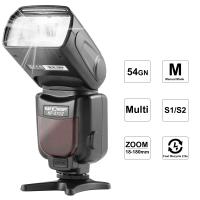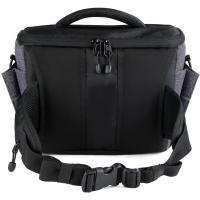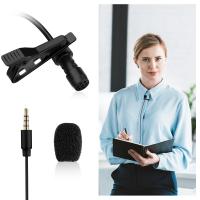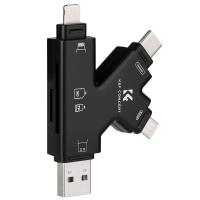Uv Filter Camera Why?
In the realm of photography, the UV filter is a topic that often sparks debate among both amateur and professional photographers. While some swear by its utility, others dismiss it as an unnecessary accessory. This article aims to delve into the various reasons why one might consider using a UV filter on their camera, exploring its benefits, potential drawbacks, and practical applications.
Understanding UV Filters
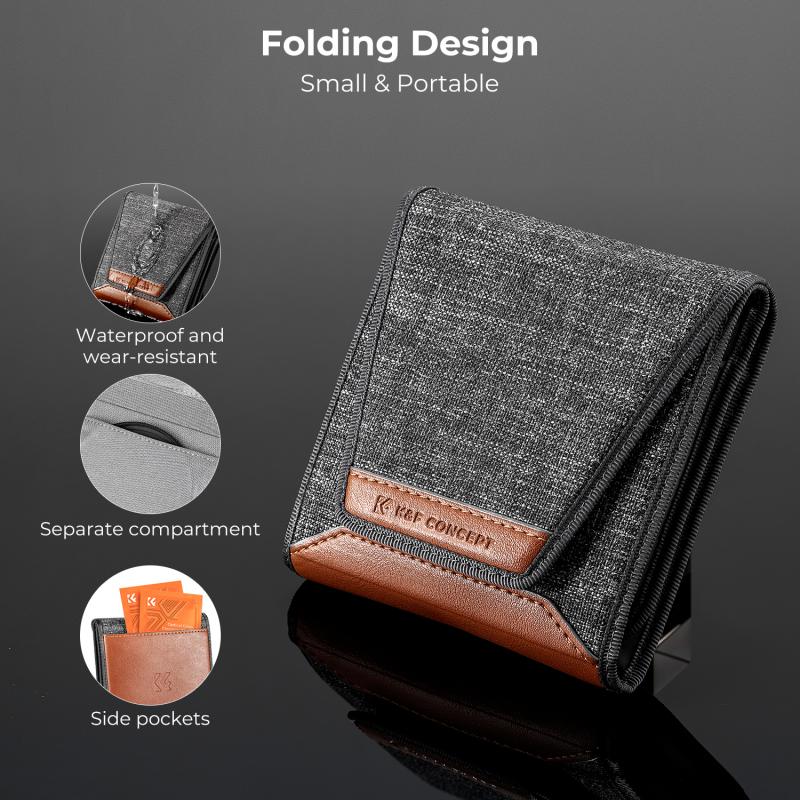
A UV filter is a transparent filter that attaches to the front of a camera lens. Its primary function is to block ultraviolet (UV) light, which can cause haziness or a bluish cast in photos, especially in outdoor settings. Historically, UV filters were essential in film photography because film was highly sensitive to UV light. However, with the advent of digital sensors, which are less sensitive to UV light, the necessity of UV filters has come into question.
The Benefits of Using a UV Filter
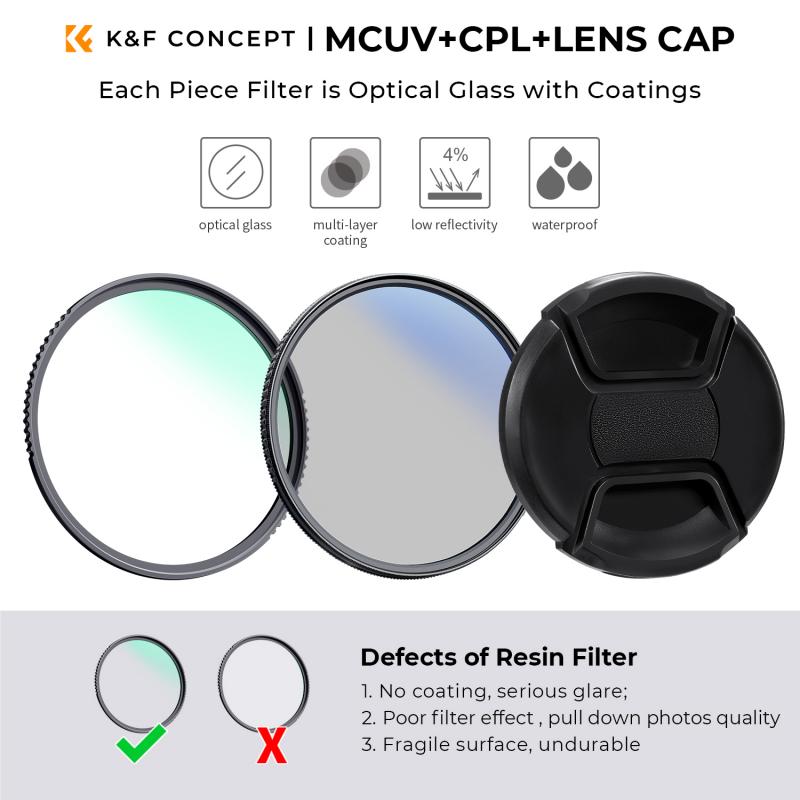
1. Lens Protection
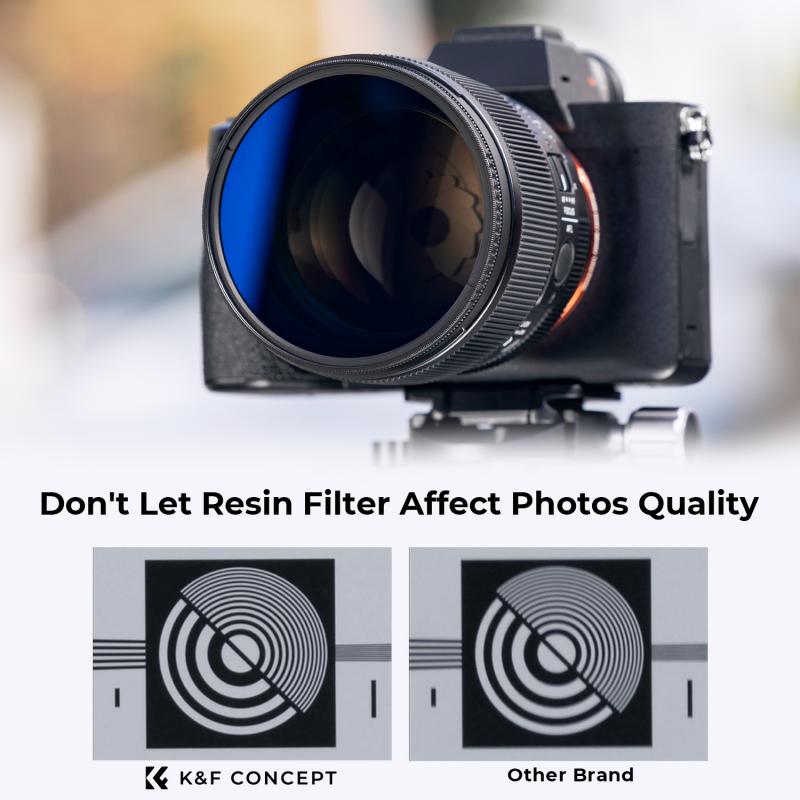
One of the most cited reasons for using a UV filter is to protect the camera lens. The front element of a lens is susceptible to scratches, dust, and other environmental hazards. A UV filter acts as a protective barrier, absorbing the brunt of any potential damage. This is particularly useful in harsh environments, such as sandy beaches, windy deserts, or bustling urban areas where the risk of lens damage is higher.
2. Improved Image Clarity
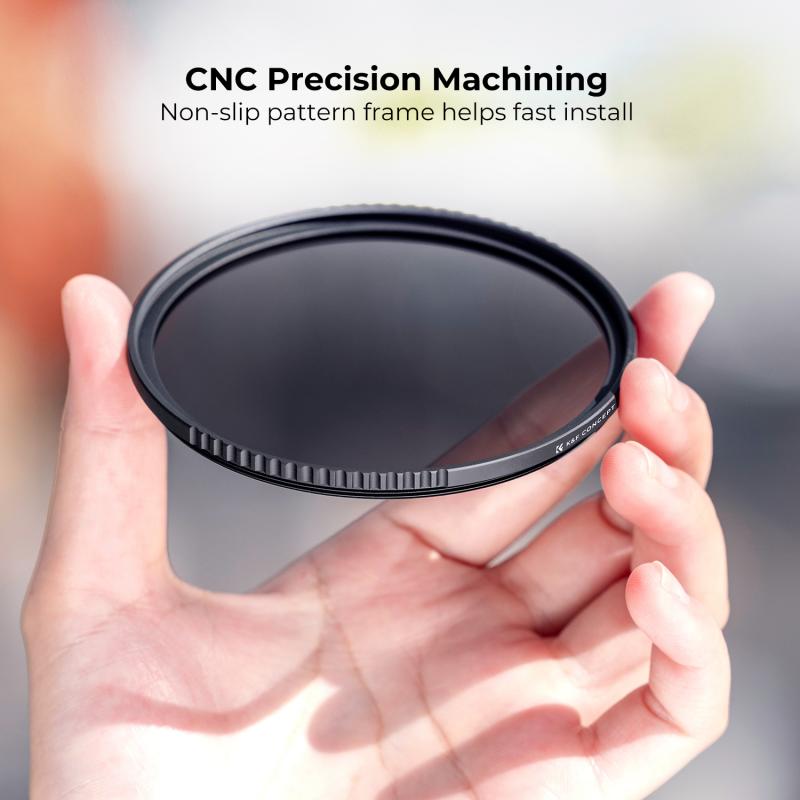
While modern digital sensors are less affected by UV light, certain conditions can still cause UV-induced haze, particularly at high altitudes or in areas with strong sunlight. A UV filter can help mitigate this effect, resulting in clearer, sharper images. This is especially beneficial for landscape photographers who often shoot in such challenging conditions.
3. Reduced Chromatic Aberration
Chromatic aberration, or color fringing, occurs when a lens fails to focus all colors to the same convergence point. UV light can exacerbate this issue, leading to unwanted color artifacts in photos. By blocking UV light, a UV filter can help reduce chromatic aberration, enhancing overall image quality.
4. Easier Cleaning
Cleaning a camera lens can be a delicate task, as improper techniques can lead to scratches or smudges. A UV filter, being a relatively inexpensive accessory, can be cleaned more aggressively without the same level of concern. If the filter becomes too dirty or damaged, it can be easily replaced, preserving the integrity of the lens itself.
Potential Drawbacks of UV Filters
1. Image Degradation
One of the primary arguments against using UV filters is the potential for image degradation. Adding an extra layer of glass in front of the lens can introduce reflections, ghosting, or flare, particularly when shooting in bright light or against strong light sources. High-quality UV filters with multi-coating can minimize these issues, but they cannot eliminate them entirely.
2. Cost
While UV filters are generally affordable, high-quality ones can be relatively expensive. For photographers on a tight budget, this additional cost might be hard to justify, especially if they already own other protective accessories like lens hoods or caps.
3. Redundancy
Given that modern digital sensors are less sensitive to UV light, some photographers argue that UV filters are redundant. They believe that the protective benefits can be achieved through other means, such as using a lens hood or being cautious with lens handling.
Practical Applications of UV Filters
1. Outdoor Photography
For photographers who frequently shoot outdoors, a UV filter can be a valuable tool. Whether capturing landscapes, wildlife, or sports, the filter can protect the lens from environmental elements while ensuring image clarity. In high-altitude locations or areas with strong sunlight, the UV filter can also reduce haze and improve overall image quality.
2. Travel Photography
Travel photographers often find themselves in diverse environments, from sandy beaches to bustling city streets. A UV filter provides an added layer of protection for the lens, reducing the risk of damage from accidental bumps, scratches, or exposure to dust and moisture. This can be particularly reassuring when traveling to remote or rugged locations where professional cleaning services are not readily available.
3. Everyday Use
Even for everyday photography, a UV filter can be a practical accessory. It offers peace of mind, knowing that the lens is protected from unexpected accidents or environmental factors. For those who prefer to keep their gear in pristine condition, a UV filter can be a worthwhile investment.
Choosing the Right UV Filter
When selecting a UV filter, it is essential to consider the following factors:
1. Quality
Not all UV filters are created equal. High-quality filters are made from optical glass and feature multi-coating to reduce reflections and flare. Investing in a reputable brand can ensure that the filter does not compromise image quality.
2. Size
UV filters come in various sizes to fit different lens diameters. It is crucial to choose a filter that matches the specific size of your lens to ensure a secure fit and optimal performance.
3. Coating
Multi-coated UV filters are designed to minimize reflections and enhance light transmission. While they may be more expensive, the benefits in terms of image quality and reduced flare can be significant.
In conclusion, the decision to use a UV filter ultimately depends on individual preferences and shooting conditions. While modern digital sensors have reduced the necessity for UV filters to block ultraviolet light, the protective benefits they offer cannot be overlooked. For many photographers, the peace of mind that comes with knowing their lens is protected from environmental hazards and accidental damage is well worth the investment.
Whether you are an outdoor enthusiast, a travel photographer, or simply someone who values the longevity of your gear, a UV filter can be a valuable addition to your photography toolkit. By understanding the benefits and potential drawbacks, you can make an informed decision that aligns with your specific needs and shooting style.

